EhJsNe
TPF Noob!
- Joined
- Nov 23, 2008
- Messages
- 618
- Reaction score
- 1
- Location
- A Riverside Town by Canada
- Can others edit my Photos
- Photos OK to edit
I need some help picking one out. Theres a built in one on my camera, but it has problems, I doubt I need to use f/22 a 1/2000 second on a cloudy day. (it is snowy though.....maybe I do?)
Ive looked at light meters on the internet and have totaly confused myself so I totaly ridded (not sure if thats a wrod....I know its not rad! ahahaha) my mind of all knowledge I have other than they read the light.
Im not sure what kind I should get, how to use them, or basicly ANYTHING about them.
If you could please explain, I would greatly appreciate it! :sillysmi:
edit: The camera is a Nikon FM10 (fully manual film camera. I love it!)
Ive looked at light meters on the internet and have totaly confused myself so I totaly ridded (not sure if thats a wrod....I know its not rad! ahahaha) my mind of all knowledge I have other than they read the light.
Im not sure what kind I should get, how to use them, or basicly ANYTHING about them.
If you could please explain, I would greatly appreciate it! :sillysmi:
edit: The camera is a Nikon FM10 (fully manual film camera. I love it!)
Last edited:


![[No title]](/data/xfmg/thumbnail/31/31090-4f0653c24dc61d2950c0fea87eb4d827.jpg?1619734606)
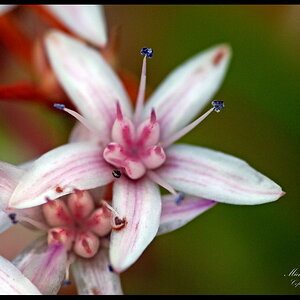
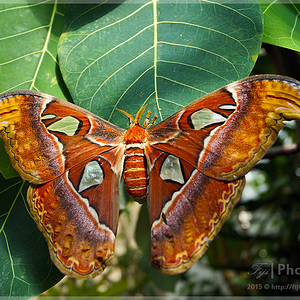

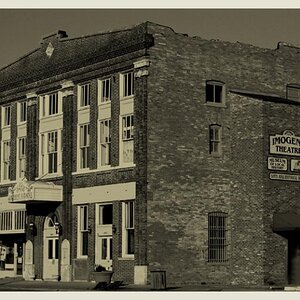
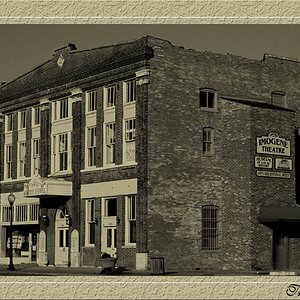
![[No title]](/data/xfmg/thumbnail/31/31092-7ba73f844ad8efedd3d5fd94799a866d.jpg?1619734609)
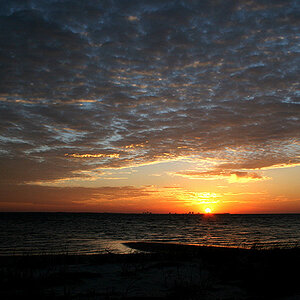
![[No title]](/data/xfmg/thumbnail/31/31094-f975d7e61424996edc28cec3b9dd70a8.jpg?1619734611)
![[No title]](/data/xfmg/thumbnail/42/42064-76de02ee1a248037351c52c414af9bab.jpg?1619739997)
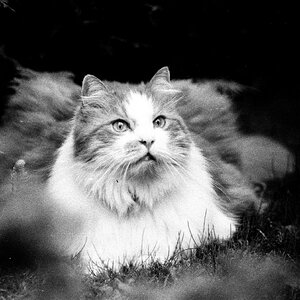
![[No title]](/data/xfmg/thumbnail/42/42061-9f4eb186c434652d6587c8bcdde59502.jpg?1619739997)